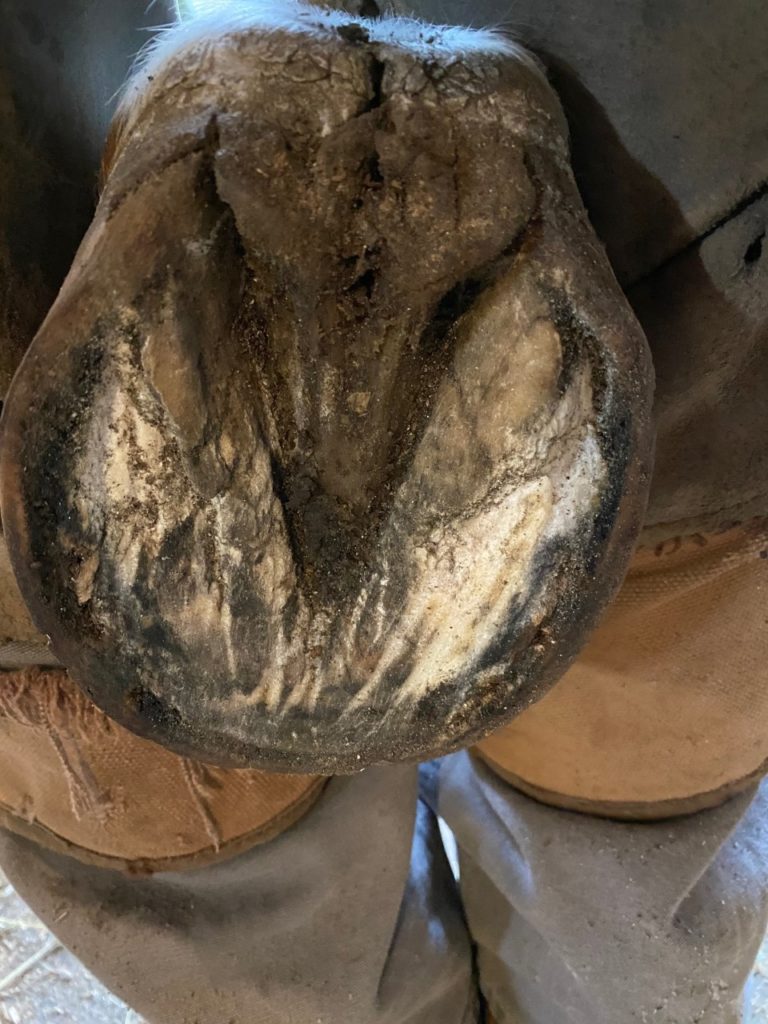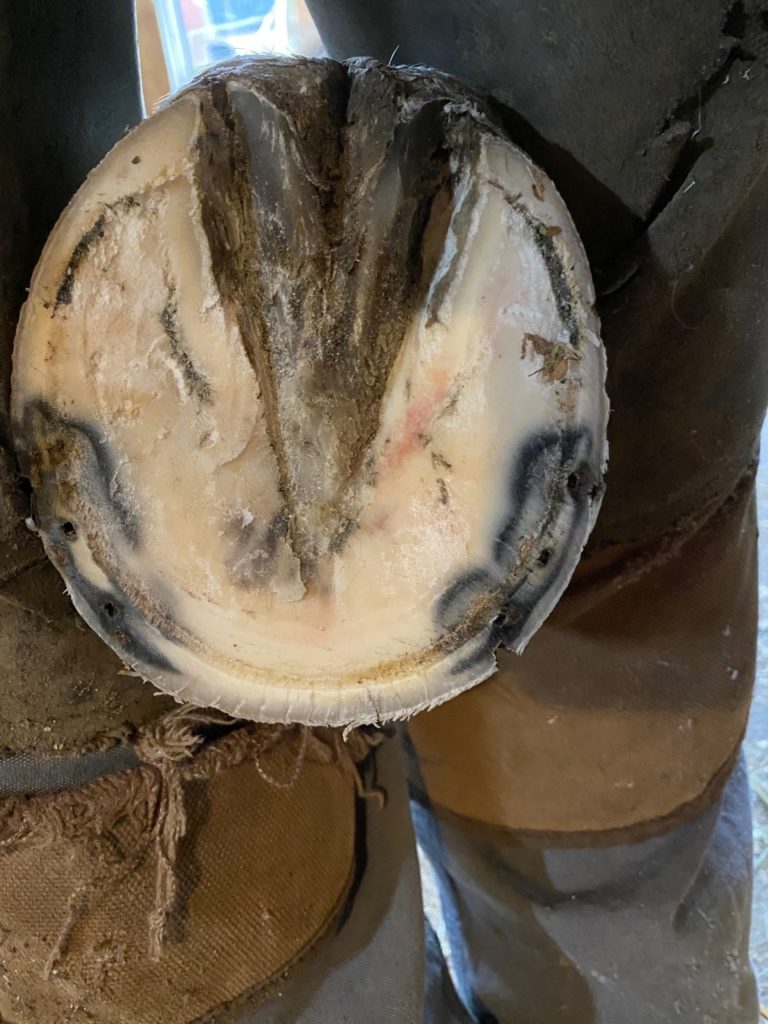Career Exploration: Farrier
Hay Everyone!
This spring weather sure has me excited! Unfortunately, this rapidly changing weather and thawing ground means my pasture has some mud holes. While I may not always be the cleanest horse, I do have my standards. All of this mud also means my daily hoof cleaning has turned into quite the chore. All of this time spent on my hooves has made me think about that special person in my life whose job it is to trim and shoe my hooves – my farrier. I decided it was time to go back to my series on careers in the equine industry.
This time around we’re going to visit with Mr. Tom Picinich, a farrier right here in New Jersey. He has been a farrier for thirteen years now and works with somewhere between three hundred fifty to four hundred horses. Check out my interview with him and think about whether you might want to be a farrier one day.
Lord Nelson (LN): What does your typical day at work look like?
Mr. Picinich (Mr. P): There is no such thing as a typical day! Some days I might have a full schedule of trims with everything sticking to a schedule. On other days, I might be called in for an emergency such as a horse who has been diagnosed with navicular syndrome and needs special shoes and pads. My daily schedule is also dependent on the weather. On rainy days, I will rearrange my schedule to work on horses inside a stable or barn rather than working on horses outside. My schedule is also dependent on the time of year. In the summer, roughly 50% of my clients are shod and 50% are barefoot meaning I have an even mixture of trims and trims plus shoeing. The summer weather also means the hours I work are a little bit different. I’ll work from 8AM to 11AM and then 3PM to 8PM. This ensures the horses and I are not out in the heat of the day. In the winter, roughly 40% of my clients are shod and 60% are barefoot. This time of the year I work from 8AM to 5PM.
LN: What is your favorite part of the job?
Mr. P: The best part is when I finish a job and have a happy horse and a happy client. Sometimes this takes a long time to achieve. I might have to come up with several different ideas to try before I find one that works for a particular horse. When I finally find a solution, the horse benefits and the client is ecstatic! This moment is worth all of the work it took to get me there.

Shoe removed before the hoof is trimmed 
Hoof trimmed 
Hoof reshod
The trimming and shoeing process. Take a look at what happens to a hoof as the farrier works on it.
LN: What is your least favorite part of the job?
Mr. P: It has to be the weather. The worst is when we get some warm days and then a cold snap. During these cold days, even the barn can be cold and the cold goes right to your bones. It’s always better when the sun is out. Cloudy weather can be a downer and makes the day seem longer than it is.
LN: If someone were considering a similar career path, what advice would you offer to them?
Mr. P: The first step would be to find a farrier and ride along with them for at least a couple of days. Knowing horses and having experience with them is definitely a positive. The next step is to find a farrier school to attend. This will provide you with a solid background of anatomy and technique. You have the opportunity to practice your technique and skills before working on a live horse. The next step will be to find an apprenticeship. Your mentor will allow you to watch them and give you opportunities to work and receive feedback. Throughout the process, it’s important for you to listen and pay attention. You never know what tips you might pick up. It’s also important to be able to take and apply constructive feedback when it’s offered.
LN: What is your most memorable or favorite memory related to your career?
Mr. P: I don’t have a single favorite memory. I love what I do and look forward to each day of work. I try to have fun every day, which makes every day the best one.
LN: What made you decide on a career as a farrier and how did you establish yourself within this field?
Mr. P: I’ve always liked animals but growing up in Bergen county I didn’t have much opportunity to work with horses outside of the occasional pony ride. I worked in import and export form some time and was looking for a new job when I saw an advertisement for a job at a stable. I got the job and spent time mucking stalls and getting to know horses. During this time, I also watched farriers at work and realized this could be a career I would be interested in and enjoy. As I worked to establish myself in the industry, I asked questions and built a solid foundation of knowledge. Much of establishing yourself is how you present yourself. You want to talk to people, but always be courteous and respectful in those interactions. Focus on the task at hand and make sure you always show up on time. I cannot stress how important communication is. I always try to confirm appointments the weekend beforehand and then confirm again the day of. There’s nothing worse than having a client waiting all day for you because you failed to keep them updated as to your itinerary. Be reliable and treat the client and horse with respect.
LN: Is there anything I’ve missed that you would like to share?
Mr. P: You do have to have the right mindset for a career as a farrier. It is a physically demanding job and you need to be prepared for that. I would also recommend making money not be your first priority. Don’t get me wrong, you have to be able to make a living, but putting the horse and client first will take you much further in this industry. My other piece of advice is to give the horse time to adapt to any change you make in its shoeing or trimming before making a decision on whether to modify things further.
LN: Thanks for taking time to chat with me today!
Mr. P: It was my pleasure!
I hope you’ve enjoyed this look into the life of a farrier. I’ll never take my farrier and the work he or she does on my hooves for granted again. As you think about your future and what you might want to do, you can use what you’ve learned today to decide whether farrier should be on your list of possible options.
Until next time!
Your Friend,

Lord Nelson

Comments (1)
Wendy
Mar 13, 2020